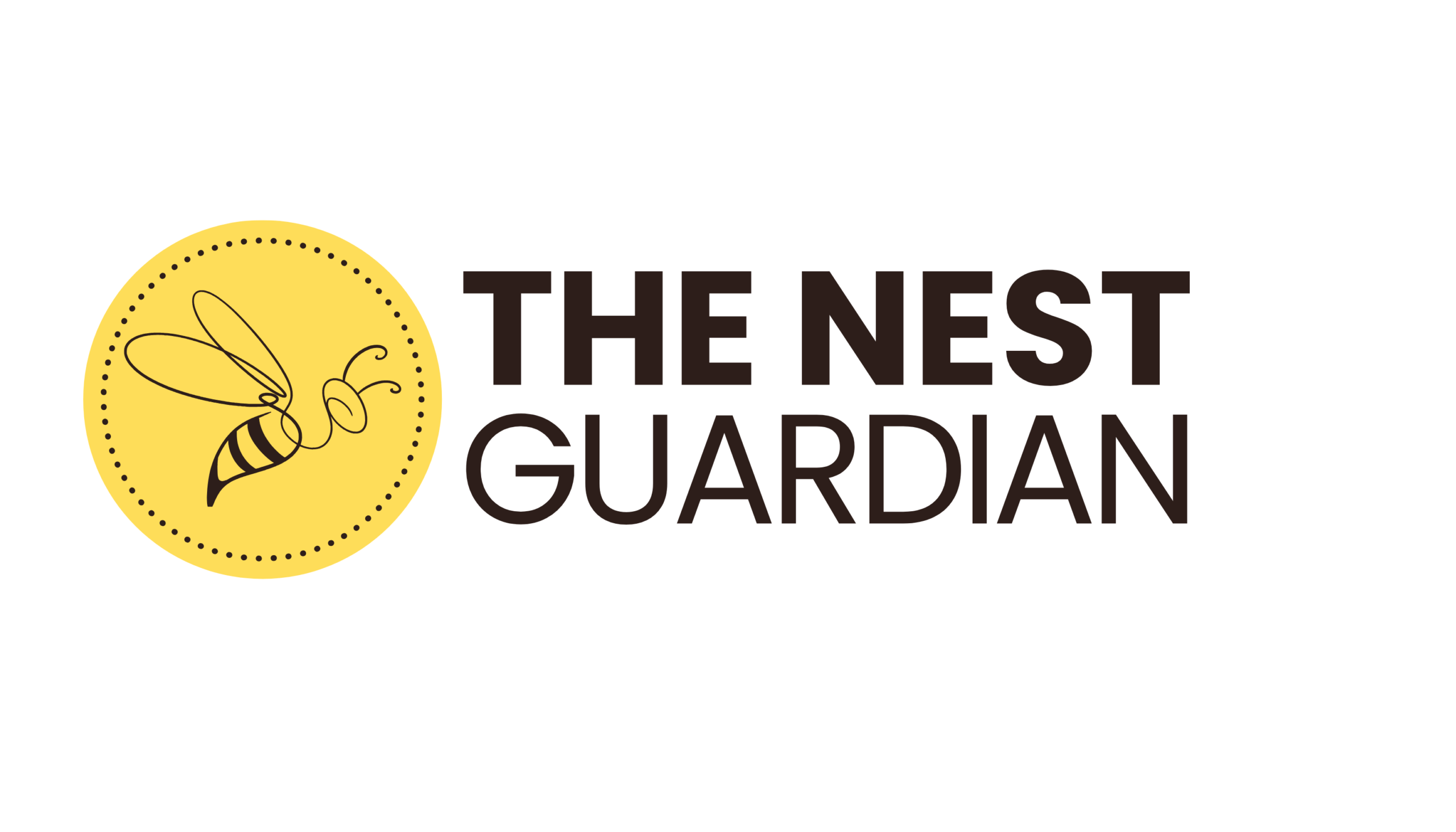Dealing with wasp nests is one of the most difficult issues some homeowners face, particularly during the summer. Many sources recommend to remove wasp nest at night, as they are less active. However, this is not totally accurate. Wasps are more active during the day, but they are also busy at night, and some of them even establish their nests during this time. As a result, damaging their nest may trigger their defensive system, causing them to become aggressive to protect their nests. Even while most wasps do not hunt at night, others, like the European hornet, may be drawn to lights.
Contents
The reason why you should NOT remove wasp nest at night
Whenever you want to solve a problem related to animals, it is important to exercise caution while also using common sense. Low light conditions can be extremely dangerous because you will be unable to notice the wasps, and using a flashlight will simply assist the wasps in seeing you. Moreover, wasps can perform sophisticated visual activities and have a higher signal-to-noise ratio, which reduces your odds of success.
Some prevalent misconceptions include the belief that because wasps sleep at night, it is safer to remove a wasp nest. However, wasps do not sleep in the same way as humans. They might become quite inert and appear to be sleeping, although they are actually dormant. Wasps’ bodies slow down as the nights get colder, which is one of the reasons they are more active in the summer. Although wasps retreat to their nests at night and appear to be less busy, their nature requires them to be awake at all times.
Removing wasp nest at night could be risky
Wasps, unlike other animals, lack genuine night vision, but their compound eyes are well-suited to detecting movement and patterns in low-light circumstances. This implies that wasps explore and seek cover at night using other senses and instincts rather than sight. According to a study published in the Journal of Experimental Biology, despite their small bodies, wasps have successfully overcome the nocturnal barrier by utilizing their ability to escape predators. Furthermore, recent research reveals that wasps can visually learn landmarks near their nest entrances, which they then use for homing.
Wasps are also known for their ability to forage over long distances from their nests, continuously returning with pollen and other resources. The precise location of the nest, as well as preferred paths to floral or other resource locations, is determined using visually acquired markers that are saved for future retrieval. In other words, they’ve learnt visual landmarks that help them develop eye adaptations and improve signal-to-noise ratios, resulting in maximum nocturnal visual reliability. So, even when they are not active, they may detect and identify you at night; thus, it is best not to remove wasp nest at night.
If I can’t remove wasp nest at night, when should I do it?
Deciding to remove wasp nest at night could be dangerous; therefore, if you are dealing with a small nest, it is best to do it at dawn or early morning when you can see and the weather is not as warm. To remove a small nest, we recommend that you follow the wasp nest removal guide to avoid being stung.
On the other hand, for medium and big wasp nests, it is always advisable to seek professional assistance, as the pest controller has the necessary tools and methods to deal with wasps safely. Many pest controllers offer eco-friendly techniques to assist you in relocating the nest without injuring the wasps. Wasps can be aggressive and harmful if not properly treated; however, they are necessary for the ecosystem and the earth.
Focus on preventing strategies during winter
Wasps are more active in early spring and summer. Warmer temperatures enhance their activity and saliva production, allowing them to create larger and more numerous nests. So, rather than waiting for summer and finding answers when they are already building, it is advisable to devise a preventive strategy during cooler months. In the winter, double-check your home, yard, and porches. Remember to seal the openings in wall voids and roof eaves.
After the grasses have died down, search soft soil for ground nests in rotten wood or old burrows, plugging and compressing any openings. To prevent insects from entering buildings, examine and fix eave flashing in the fall or early spring. Finally, while European hornets are not scavengers, yellowjackets are, so limit food and food waste in outdoor dining places.



